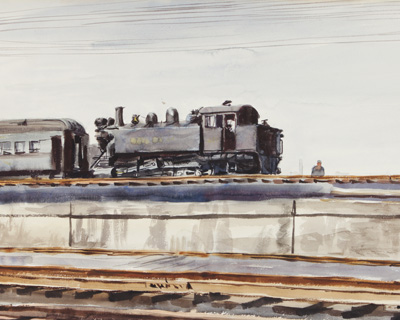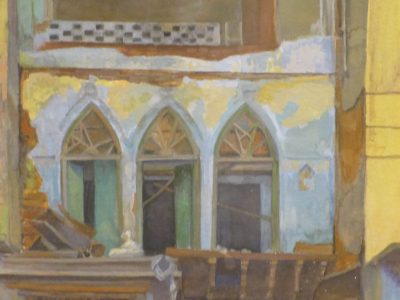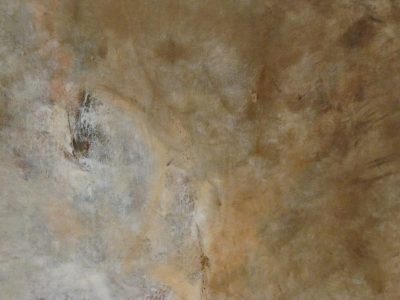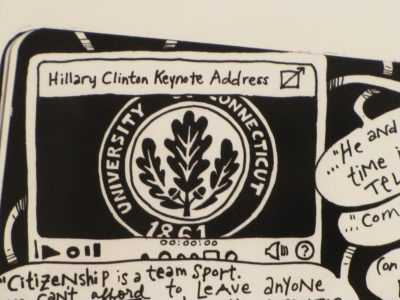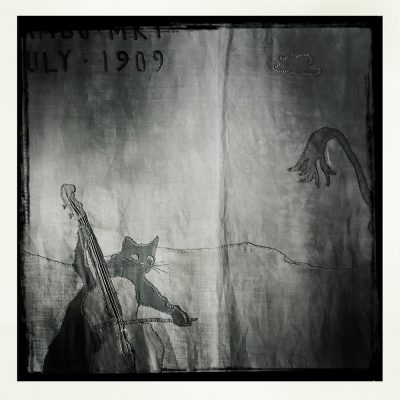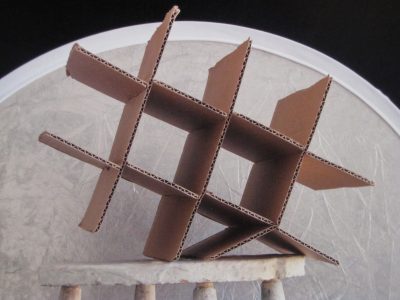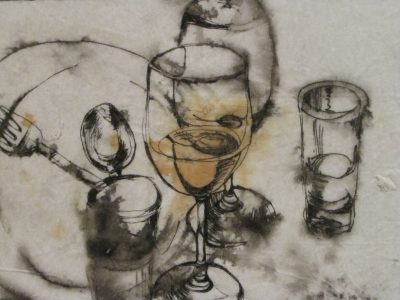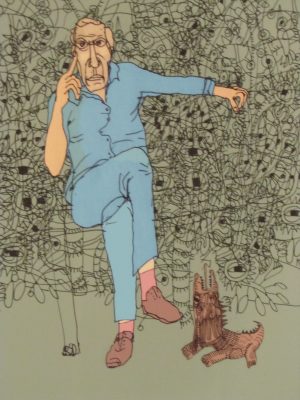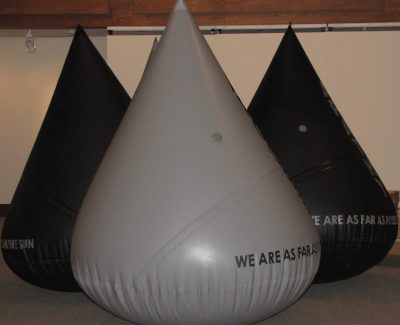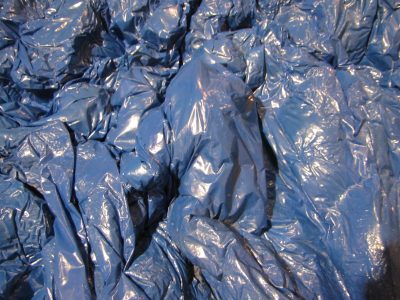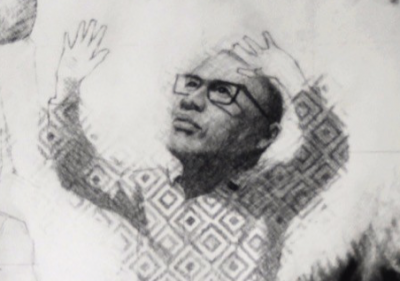By Susan Dunne for the Hartford Courant
When he was a student at Yale, William Benton, founder of the William Benton Museum of Art in Storrs, was close friends with artist Reginald Marsh. They stayed friends for the rest of their lives.
As a result, the museum on the UConn campus has 1,040 pieces by Marsh in its permanent collection. Marsh is well-known for his pieces depicting crowds in gritty urban settings, but the new exhibit at the Benton showcases a lesser-known corner of his body of work: his watercolors and prints of steam locomotives.
“Steaming Ahead” was curated by Bob Leo and Rachel Zilinsky, with help from Audrey Conrad. Conrad, the vice president of Valley Railroad Co., which owns Essex Steam Train, is one of the country’s leading experts on the history of steam locomotion. The wall text panels Conrad wrote to accompany Marsh’s railroad visions do not explain Marsh’s artistic method but instead flesh out the specific of the locomotives depicted. They are little marvels of historical observation, with details such as “A pair of Erie Railroad 4-6-2 (Pacific) type, class K1 passenger locomotives built between 1905 and 1908,” facts that, if Marsh knew— he probably didn’t — he didn’t spell out.
The 23 exterior train views, all created by Marsh between 1927 and 1931, are capped off by one interior train view that represents more well-known Marsh compositional style: a crowd of people in a full-to-capacity train car. All the pieces are created in a gritty industrial palette: browns, grays, blacks.
Pieces on loan from Essex Steam Train sit around the gallery, and train-themed pop songs, such as Sister Rosetta Tharpe’s “This Train is Bound for Glory,” can be heard on an audio component to the exhibit.
The entire show is made up of works on paper, which are fragile, so it will run for a brief time, until Dec. 18. A new initiative at the Benton, to post walk-throughs of exhibits online, is being launched with this exhibit.
Click here to view the full article
